Understanding the Chicago Mercantile Exchange and Its Role Today
Nov 24, 2024 By Triston Martin
The Chicago Mercantile Exchange, or CME, is not a creation of financial markets, though. It is rather an integral part of the system of world trade. That extends its reach from farm-fresh agricultural commodities and other traditional goods to a host of modern, up-to-date financial instruments- all manner of traders, investors, and businesses throughout the world. Ever wonder how people trade contracts for something as mundane as wheat or the price of oil- or more arcane, and interest rates somehow never actually swap ownership? End. This article delves deeper into the roots of this exchange, how it functions, and the regulatory framework governing its operations today.
Origins of the Chicago Mercantile Exchange
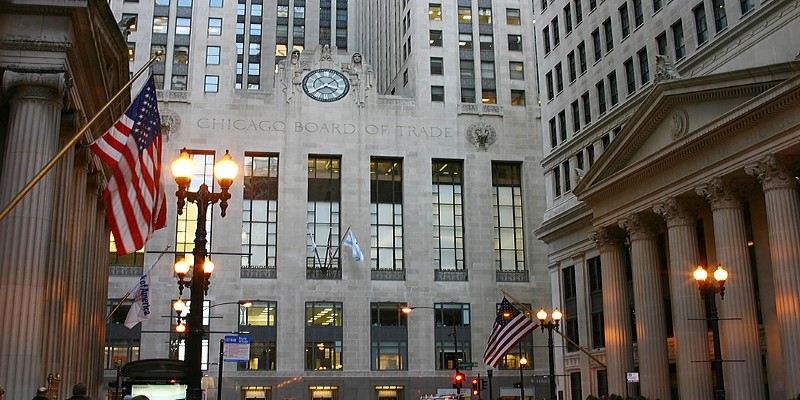
The history of CME traces back to 1898 as the "Chicago Butter and Egg Board." Then, its mission was very limited: to act as a marketplace for the trade of dairy products. The core objective of the exchange was to stabilize the market through the provision of a standardized means of buying and selling perishable goods.
However, by the 20th century, CME had found an area of opportunity, such as expanding outside of butter and eggs. So, by 1919, it reinvented itself under the banner of the Chicago Mercantile Exchange to market various commodities that were different from food products. This helped establish a concept in trading called futures, wherein future contracts can be sold based on agreed-upon future prices by traders and exchanged by speculators for gain. At the same time, companies use futures to reduce potential losses and risks.
CME became a leader in financial derivatives by the end of the 20th century, offering contracts tied to interest rates, foreign exchange, and equity indices. This transition from a commodity-based marketplace to a financial powerhouse reflects how CME evolved alongside modern economies and provided critical tools for risk management.
How CME Works: The Mechanics of Futures and Derivatives
The core function of the Chicago Mercantile Exchange revolves around futures and options contracts. In simple terms, futures contracts allow two parties to agree on the price of an asset today for delivery at a later date. This is incredibly useful in volatile markets. For example, an airline might use CME to lock in fuel prices months in advance, protecting itself from future price spikes.
CME offers contracts on a wide range of products, including:
Commodities: Agricultural products like corn, soybeans, and cattle
Financial Assets: Foreign currencies, stock indices (like the S&P 500), and bonds
Energy Products: Crude oil, natural gas, and electricity
The exchange operates electronically through CME Globex, a trading platform that ensures trades are executed quickly and transparently. Unlike traditional open-outcry pits filled with shouting traders, CME's digital environment provides near-instantaneous transactions, allowing participants worldwide to trade seamlessly.
Every trade is cleared through CME Clearing, a system designed to manage risks. It acts as a middleman, ensuring both buyers and sellers honor their commitments. This mechanism reduces counterparty risk, preventing financial chaos even in volatile market conditions.
Regulatory Landscape: Keeping CME in Check
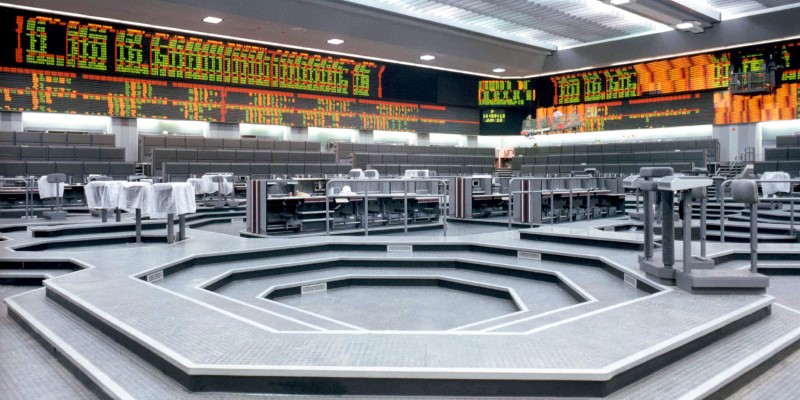
Because of the complex financial instruments it offers, CME is subject to rigorous oversight. In the United States, it is primarily regulated by the Commodity Futures Trading Commission (CFTC). The CFTCs job is to ensure that markets operate fairly, transparently, and without manipulation. CME itself must follow strict rules on everything from reporting trades to maintaining adequate capital reserves.
Beyond national regulators, CME is also governed by international frameworks, especially since it facilitates global trading. The exchange follows AML regulations and Know Your Customer (KYC) protocols to prevent illegal activities. Additionally, CME works with central banks and financial regulators worldwide to ensure that its products remain compliant with international standards.
CME has occasionally faced scrutiny, particularly after the 2008 financial crisis when the role of derivatives in market instability came under the spotlight. Since then, the exchange has strengthened its oversight mechanisms, working closely with regulators to prevent market abuse. New rules surrounding position limits and transparency have been put in place, making it harder for any single player to manipulate the market.
CME Today: The Future of an Evolving Marketplace
The Chicago Mercantile Exchange is far from a relic of the past. It has adapted to new market demands, offering futures on emerging assets like weather-related risks. Its merger with the Chicago Board of Trade (CBOT) in 2007 and subsequent acquisitions like the New York Mercantile Exchange (NYMEX) cemented CMEs status as one of the largest financial exchanges in the world.
CME has also embraced technology and innovation, using algorithms, data analytics, and artificial intelligence to improve market efficiency. Trading platforms like CME Globex now offer high-frequency trading capabilities, allowing institutional investors to execute thousands of trades per second.
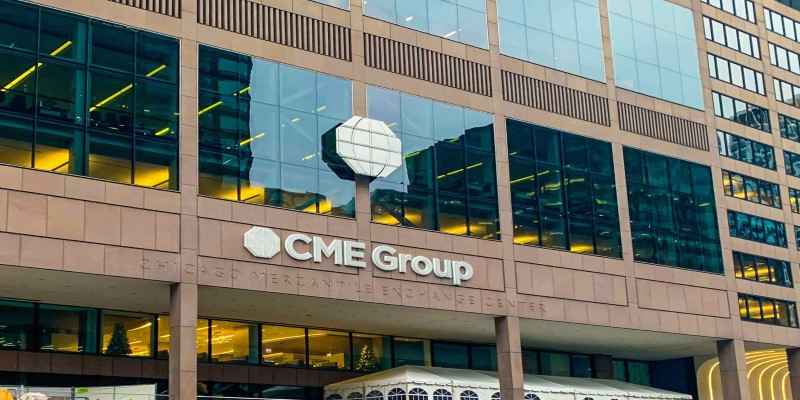
Despite its size and influence, CME remains focused on providing tools that serve both hedgers and speculators. Whether its a farmer in Iowa locking in the price of corn or a hedge fund manager managing interest rate exposure, CME plays a vital role in facilitating trade and managing risk.
Looking ahead, the exchange is poised to expand further into emerging markets. With climate change influencing commodity prices and geopolitical events shaking financial markets, CMEs role in helping businesses and governments manage uncertainty will only grow.
Conclusion
The Chicago Mercantile Exchange stands as a testament to how markets evolve. What began as a modest dairy exchange in the 19th century has grown into a global powerhouse, offering contracts on everything from corn to metals. Its ability to adapt to changing market demands, embrace new technologies, and navigate complex regulatory environments has ensured its relevance in the 21st century.
CME is more than just a marketplaceit's a tool that businesses, investors, and institutions rely on to manage risk and create financial stability. As global markets become increasingly interconnected, CMEs role will only deepen, proving that the exchanges best days are likely still ahead.

Why Should I Care About Canada's Pension Plan (CPP)?

What is Difference Between Forward Contracts and Futures Contracts?

Best South Carolina Mortgage Lenders For 2023
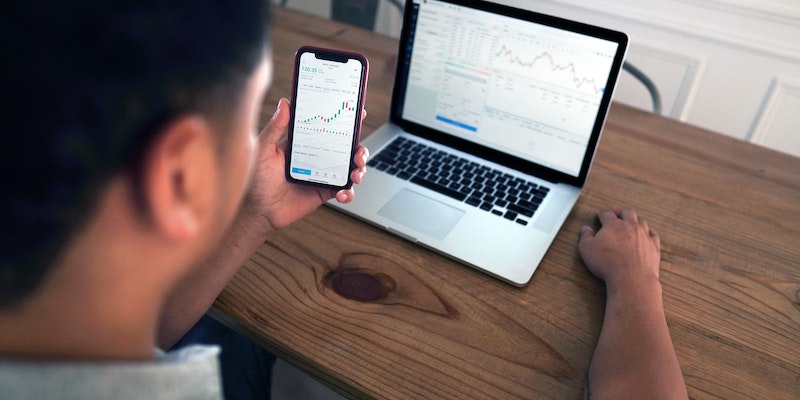
Leading Short-Term Bond ETF Picks

Rewards From Dividend Reinvestment Programs
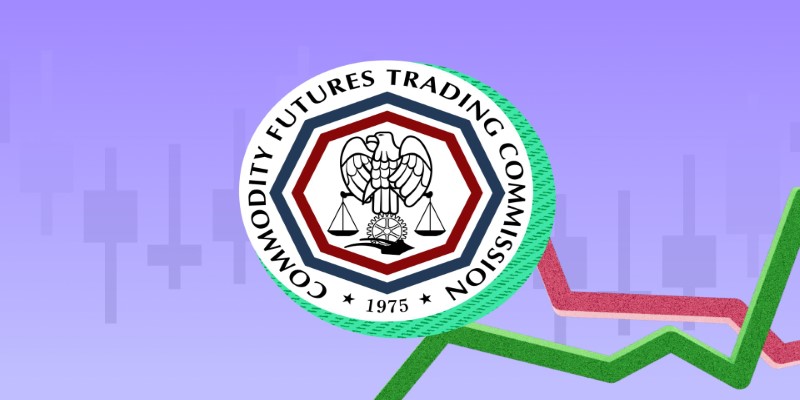
How a COT report Works: Understanding Types with a Simple Example

Exploring the World of Family Loans: A Guide to Personal Finance

Reasons for Buying New Home Construction From Builders

What Is Passive Real Estate Investing?
